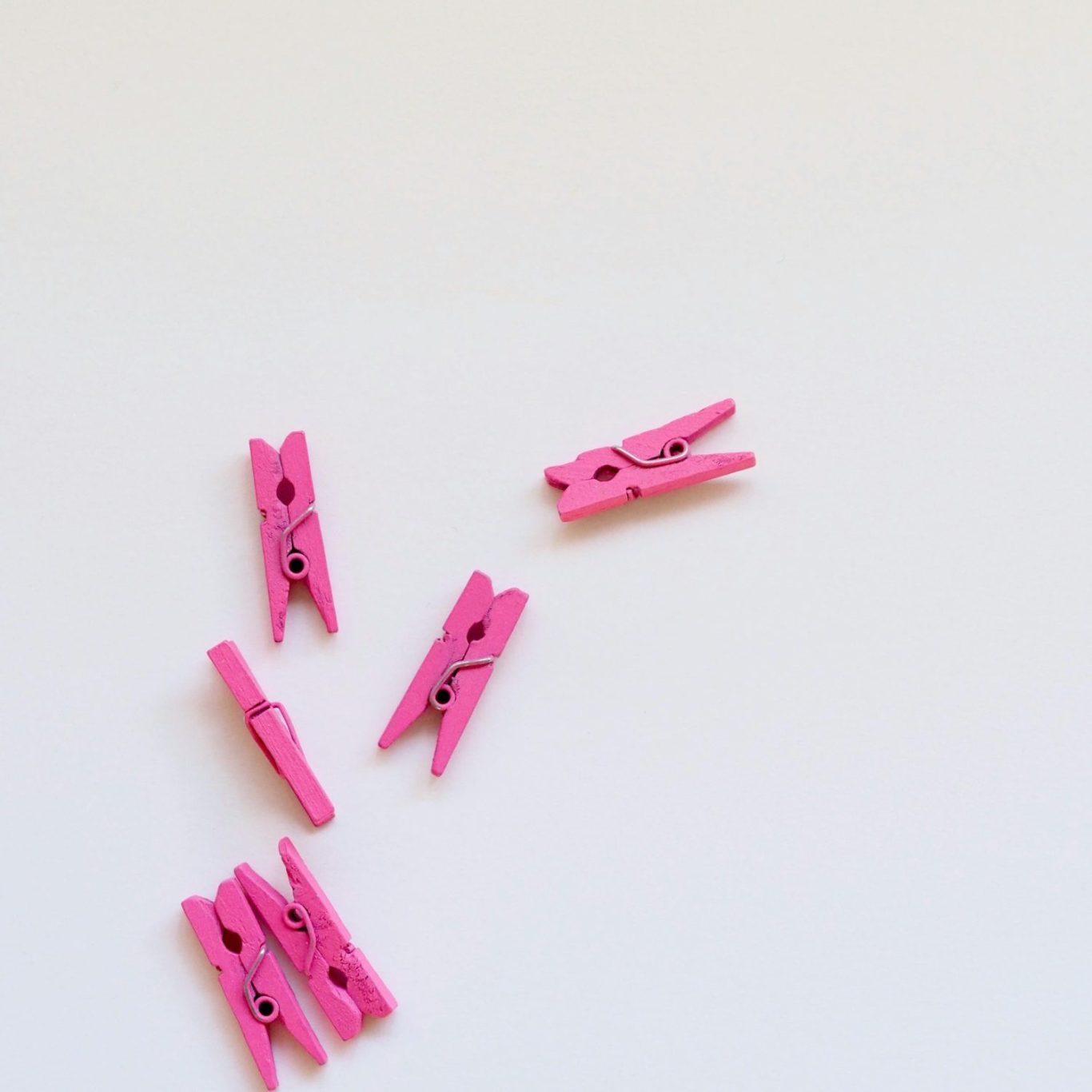Bubble Bug Blog
Discover everything you need to know about cloth diapering in our latest blog! From the benefits of choosing reusable diapers to practical tips for washing and maintaining them, we’ve got you covered. Whether you’re a seasoned pro or considering cloth diapers for the first time, our blog offers helpful insights, product recommendations, and eco-friendly parenting advice. Join us on the journey to a greener, more sustainable diapering solution!

How to Wash Cloth Diapers: Easy Care Tips for Clean Fresh Diapers
This blog post provides a comprehensive, step-by-step guide on how to properly wash and care for cloth diapers, including tips on pre-washing, choosing detergents, drying methods, and troubleshooting common issues.
The Ultimate Guide to Washing Cloth Diapers: A Simple & Effective Routine
When it comes to washing cloth diapers, there are many different methods and opinions. Every family’s routine may vary based on water hardness, detergent choice, and washer type. This guide will walk you through a straightforward cloth diaper wash routine that keeps your diapers clean, fresh, and long-lasting.
General Care Tips
To properly care for cloth diapers, follow these simple guidelines:
- Frequency: Wash diapers every 2-3 days to prevent odors and stains from setting in.
- Temperature: Use a warm water cycle (104°F/40°C).
- Detergent: Choose a cloth diaper-safe detergent that’s enzyme-free and free of fabric softeners.
- Avoid Fabric Softeners: They coat fabric and reduce absorbency.
- Drying: Dry on low in a tumble dryer or hang to dry in the sun.
Step 1: Pre-Wash
The pre-wash step helps remove solid waste before the main wash. While not mandatory, it can significantly improve cleanliness and stain prevention. If you are washing your diapers at a laundromat you likely will not need to pre-wash your diapers as industrial machines have more power.
Pre-Wash Method:
- If soiled, use a diaper sprayer, bidet, or portable bidet to rinse off poop before placing the diaper in the pail. Leaving the diaper slightly wet (almost dripping) can help prevent stains.
- Toss diapers into a dry pail or wet bag and wash every 2-3 days.
- Run a cold rinse cycle with no detergent to loosen and remove solids.
Step 2: Main Wash
The main wash thoroughly cleans your diapers, removing urine, bacteria, and any remaining waste.
Main Wash Method:
- Load Size: Wash no more than 12-20 larger diapers at a time to ensure proper agitation. Adjust if using a large-capacity washer.
- Water Level: Use the highest water level for effective cleaning.
- Cycle Selection: Choose a warm water cycle (104°F/40°C).
- Detergent Choice: Select a cloth-friendly detergent that rinses clean and doesn’t contain fabric softeners or scents.
- Extra Rinse (if needed): If your machine has an extra rinse option, use it to ensure thorough rinsing.
Step 3: Rinse Cycle (optional)
A final rinse ensures that all detergent residues are removed, preventing irritation and buildup.
- Run an extra rinse cycle if available.
- If you have hard water, skip the extra rinse to avoid mineral buildup.
Step 4: Drying Your Cloth Diapers
Proper drying extends the life of your diapers and helps maintain absorbency.
Drying Options:
- Air Dry: Hang diapers to dry, especially in the sun, which helps reduce stains and odors and extends the life of the fabric.
- Tumble Dry: Use a low heat setting in a dryer if needed. Avoid high heat to prevent damage to the PUL (Polyurethane Laminate), elastic, and natural fibers like wool and fleece.
What to Avoid When Washing Cloth Diapers
- Fabric Softeners: They coat fabric, reducing absorbency.
- Bleach: Regular use can damage fibers and void warranties. Some brands recommend using 1/4 cup bleach monthly, but only when necessary.
- High Heat: Avoid high temperatures when washing or drying, as they can damage elastics and waterproof materials.
Choosing the Right Detergent
The best detergent depends on your washer, water hardness, and baby's skin sensitivity. Make sure your detergent is free of fabric softeners, fragrances, and dyes. While powder detergent is best it may not always be available for purchase; ensure that liquid detergents are not overused to avoid detergent build up.
Additional Tips for Cloth Diaper Care
- Water Softener: If you have hard water, use a water softener to prevent mineral buildup.
- Baking Soda or Vineagr: Add a small amount to your wash to boost cleaning power and neutralize odors.
- Lemon Juice: Adding 1/2 cup of lemon juice can naturally whiten diapers.
- Monthly Clean: Run a clean cycle once a month to remove any buildup in your washing machine.
- Diaper Creams: Only use cloth diaper-safe creams to avoid staining and buildup.
- Disposable Liners: Use liners for easier cleanup, especially when introducing solid foods.
- Rinse After Use: Rinse your diapers after use, especially inserts and covers.
What If My Diapers Smell?
If your diapers develop odors, try a baking soda and vinegar treatment.
Baking Soda & Vinegar Method:
- Do a cold rinse cycle.
- Wash with your usual cloth-friendly detergent.
- Add 1/2 cup baking soda and a 1 cup distilled white vinegar.
- Run a warm/hot wash cycle and pause after agitation.
- Let the diapers soak overnight.
- Complete the cycle in the morning.
2025© All rights reserved.
We need your consent to load the translations
We use a third-party service to translate the website content that may collect data about your activity. Please review the details in the privacy policy and accept the service to view the translations.